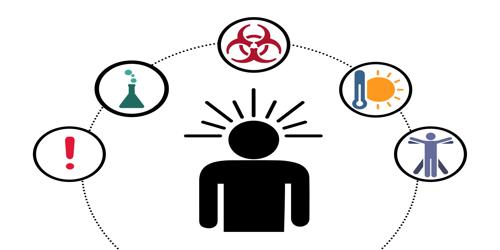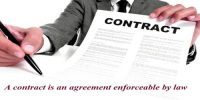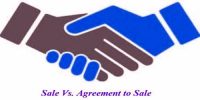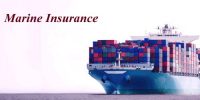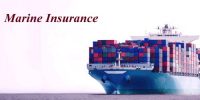Perils versus Hazards
A pail is something that can cause a loss. It is an event that can cause a financial loss. Examples include failing, crashing your car, fire, wind hail, lightning, water, volcanic eruptions, choking; or falling objects.
A hazard is any condition or situation that makes it more likely that a peril will occur. Hazards include:
Physical hazards, like ice on the sidewalks, smoking, or skydiving. Physical hazards are characteristics of the individual that increase or reduce the chance of peril.
Moral hazards, (most of which are avoidable), like dishonesty (such as burning down the warehouse when your company goes bankrupt to collect insurance money or buying insurance on someone with yourself as beneficiary and then killing them); and,
Morale hazards, like a careless attitude since “insurance, will pay for it.”
When it comes to insurance, the terms hazards and perils are often used to mean the same thing, especially when comparing the different risks looked by the customer and the insurer. Example, for instance, fire is a peril because it causes losses, while a fireplace is a hazard because it increases the probability of loss from fire. Some things can be both a peril and a hazard. Smoking, for instance, causes cancer and other health ailments, while also increasing the probability of such ailments. So, in insurance, peril is something that causes a financial loss whereas a hazard is a condition or circumstance that increases the probability of peril.
